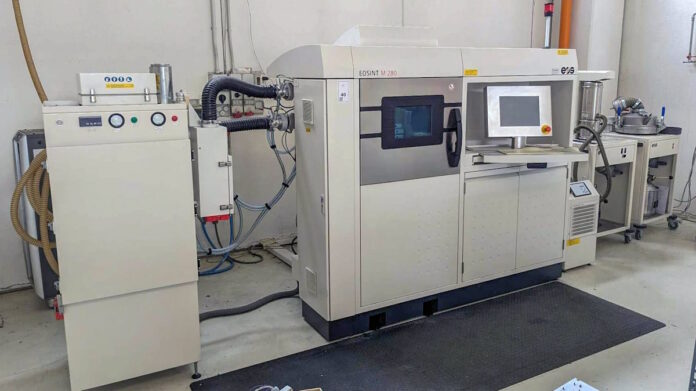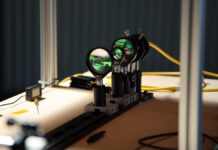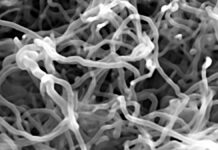3D printing is a technology particularly prevalent in aerospace manufacturing processes. However, it is associated with high investment costs, which can be mitigated by purchasing used machinery. Due to insolvencies and factory closures, even new technologies like 3D printing are entering the used machinery market.
Metallic 3D printing has revolutionized production. Initially too expensive, slow, and the quality of components insufficient, the systems have now developed into an industry standard. Particularly, the innovative aerospace industry was an early adopter of this additive manufacturing process. 3D printing is employed when small, highly complex shapes need to be produced in low quantities and the unit price is not the primary concern.
Typical examples of such 3D printed components in aerospace include brackets, connectors, or special screws, but even combustion chambers can now be additively manufactured.
How the laser fuses metal
The process of 3D printing with metal involves several steps. Initially, a digital 3D model of the object to be manufactured is created. This model serves as a template for the printing process. The actual printing is carried out using a laser, hence the process is also known as selective laser sintering (SLS) or selective laser melting (SLM).
Fine metal powder is melted precisely by a laser layer by layer at the positions dictated by the digital model, causing the metal to locally fuse. After the completion of one layer, a new layer of powder is applied and the process repeats until the entire object is constructed. This method allows for production of complex-shaped components in one go, which would be difficult or impossible to achieve with traditional methods.
Finishing touches after 3D printing
After manufacturing via 3D printing, specific post-processing is required to ensure the functionality and quality of the components. This post-processing typically includes the following steps:
Removal of support structures and cleaning: After printing, support structures that stabilised the component during the process often need to be removed.
Heat treatment: To increase the material strength and relieve internal stresses, the components are heat treated in an oven.
Surface finishing: Particularly in aerospace, the components often require precise fits and tolerances. Techniques such as fine milling or grinding are commonly used to achieve the required surface quality.
Laser marking: For traceability and adherence to quality standards, components, especially in critical applications like aerospace, are often marked with serial numbers or specific technical information.
Versatile applications across industries
Shortly after its adoption in aerospace, the 3D printing process was also adopted in other sectors. In medical and dental technology, implants are increasingly manufactured using 3D printing because they can be customised for each individual’s body. Prototypes and small series for automotive manufacturing are other typical applications.
Companies from other innovative sectors such as machinery and plant engineering as well as toolmaking, particularly manufacturers of injection moulds, are increasingly relying on additive manufacturing.
Closure of an aerospace component manufacturer
Does manufacturing special parts for the aerospace industry require complex and costly procedures? Yes and no, because used machinery offers a financially attractive alternative to new equipment, without compromising on quality.
One such opportunity is the closure of a precision engineering workshop in Pordenone, Italy. The inventory of the aerospace component manufacturer is currently being auctioned by the industrial auction house Surplex.
The auction, ending on May 16, includes nearly 70 items – from 3D printers to ovens, machining centres and grinding machines used in post-processing to high-quality measuring equipment. The centrepiece of the production for aerospace components was the EOSINT M280 3D printer. Its Yb fibre laser, with a power of 400 W, can process a wide range of metals on a print area of 25×25 cm² – from light metals to tool and stainless steels to special alloys.
A visit on site is possible by arrangement. Additionally, interested parties can tour the production site via a virtual 3D tour.
Jim Cornall is editor of Deeptech Digest and publisher at Ayr Coastal Media. He is an award-winning writer, editor, photographer, broadcaster, designer and author. Contact Jim here.





